Dota 2 is a team game. Regardless of whether you’ve queued solo or in a party, it’s a five versus five battle to see which team can work together better to destroy the enemy’s Ancient while defending their own. It’s a simple premise, but in my experience as a veteran player, it’s one people often forget in pubs and opt to rely on individual plays.
The reality is there are five positions or roles that need to be filled. Each one serves a different purpose, but all of them are equally important. Selecting a hero and build suited to a position or role and playing it correctly is the first and most important step to increasing the chances of winning. Other variables affect the outcome too, but ensuring each position or role is covered and played well is arguably the most important piece of the puzzle.
For that reason, it’s important to know what each of those positions or roles are in Dota 2, what responsibilities are associated with each one, and of course, how to play them. So, without further ado, let’s dive into it.
What are positions and roles in Dota 2?
Positions and roles in Dota 2 are the same things as positions or roles in team sports like basketball, football, hockey, and soccer. In any given Dota 2 lineup, there are five positions or roles that need to be filled—one for each player.
These positions and roles include the following:
- Position One: Carry
- Position Two: Midlaner
- Position Three: Offlaner
- Position Four: Soft Support
- Position Five: Hard Support
Each position and role has a different set of responsibilities that need to be filled, which we’ll get into shortly. They start off in a certain lane in most cases, although that can change depending on certain matchups and strategies. It will also change once the laning phase ends when cores start rotating to use their ultimates and take advantage of item timings.
The Carry or Position One and the Hard Support or Position Five generally lane together in the Safe Lane, which is the one horizontal from your team’s base. The Offlaner and the Soft Support generally lane together in the Offlane, which is the one that is vertical from your base. The Midlaners duke it out in the middle lane.
Role responsibilities in Dota 2, explained
Before breaking down each position and role in more detail, it’s important to know what responsibilities are. Essentially, it encompasses things each position or role needs to do. This includes things in the laning phase like farming, ganking, disrupting enemy farm, protecting allies, warding, and more. Then, in the mid and late game, this transitions into specific things like crowd controlling, damage, interrupting spells, saving allies, and so on.
What is the Position One or Carry role in Dota 2 and how to play it?
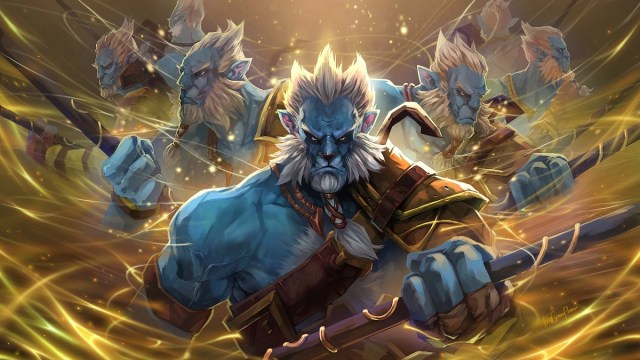
The Position One or Carry role is responsible for dealing as much damage to enemy heroes and structures as possible, carrying their team to victory in the process. When the laning stage begins, they’re often weak and vulnerable depending on hero choices and matchups. As a result, they need Hard Supports and potentially even Soft Supports to babysit them. If they’re able to farm consistently and reliably to increase their net worth and purchase all the items they need, however, they’ll become a force to be reckoned with.
For that reason, their main purpose in the laning phase is to farm—that is, accumulate gold and experience—by last hitting creeps consistently and reliably in the safe lane. If possible, they should also last hit heroes and towers for extra gold as long as it’s not dangerous to do so, since dying will cause them to lose gold. As the game progresses, they’re expected to start playing a more active role and help their team push towers, win teamfights, and siege the enemy’s base. This revolves around item timings and ability cooldowns.
What is the Position Two or Midlaner role in Dota 2 and how to play it?

The Position Two or Midlaner is responsible for controlling the middle lane and securing runes in the laning phase. In many ways, they’re a lot like a pseudo-carry. Farming is still important. Rather than being too static, however, they’ll be expected to move around, help other lanes when needed, and control the tempo while the Carry farms.
Related: Dota 2 Ranks, MMR, and ranking system explained
Unlike other lanes, it’s a one versus one matchup. For that reason, it’s considered the flashiest role best suited to those with a knack for styling on their opponents. That being said, it’s one of the more active roles, so it’s important to coordinate with the rest of the team to attack and defend. As the game progresses, they’re capable of dealing as much if not more damage to heroes and structures as Carries, carrying the team themselves.
What is the Position Three or Offlaner role in Dota 2 and how to play it?
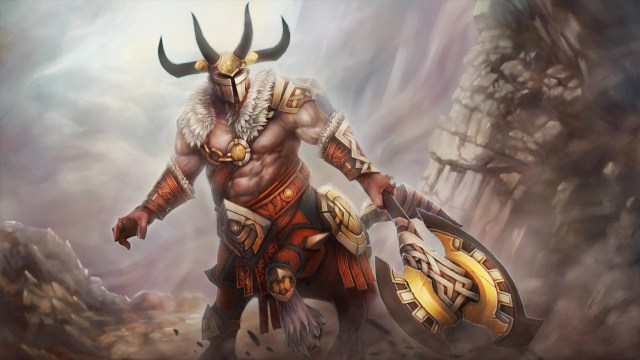
The Position Three or Offlaner role is responsible for staying alive in the offlane and farming as much gold and experience as possible while disrupting the enemy Carry’s farm with the help of the Soft Support. It’s arguably the hardest role since it’s the most vulnerable one. Offlaners also struggle to be useful in later stages without much farm, so they can’t neglect last hitting too much even though it can be difficult to secure them.
On the bright side, the Offlane role is tons of fun. It has less pressure than the Carry and Midlane roles because they’re not expected to carry the team in the later stages of the game.
Instead, their objective is to pressure the enemy by orchestrating ganks, initiating fights, or making space to help the rest of your team secure kills and objectives.
What is the Position Four or Soft Support role in Dota 2 and how to play it?
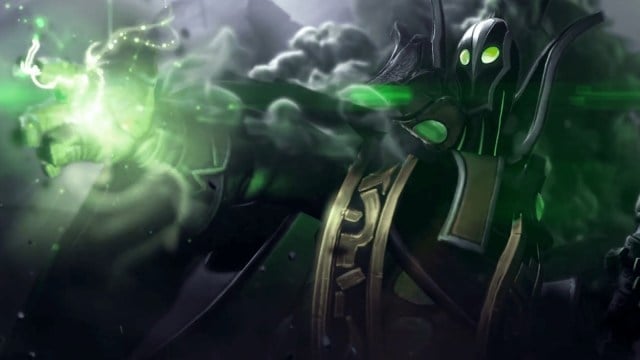
The Position Four or Soft Support role is responsible for pressuring the enemy Carry in the laning phase. Rather than farming, they need to focus on harassing, poking, and being a nuisance. Doing so will help the ally Offlaner secure farm while shutting down the enemy Carry. Depending on how things pan out, they can also roam around the map to help other lanes. Heroes with good mobility and strong crowd control thrive in this role for that very reason.
In the mid and late game, their focus shifts to helping turn the tide in fights by using abilities on optimal targets, which can be damaging and stunning enemies or saving allies. Soft Supports typically need to build offensive or defensive items to facilitate this.
Shoving lanes that aren’t being farmed by an ally can also go a long way too, as long as it doesn’t come at the expense of letting anyone die.
What is the Position Five or Hard Support role in Dota 2 and how to play it?
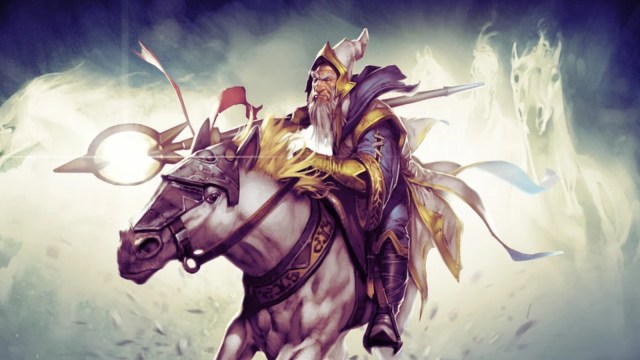
The Position Five or Hard Support role is responsible for assisting their Carry and protecting them at all costs. To ensure that happens, they need to harass the enemy Offlaner and Soft Support to pressure them and keep them in a weakened state.
They also need to provide vision by warding to make it easier for their team to spot enemies moving around the map.
Hard Supports are also expected to keep an eye on other lanes and rotate, as long as it doesn’t come at the expense of an ally Carry dying as a result of being abandoned.
It’s a sacrificial role, so while you should always position yourself safely in and around fights, be prepared to die a lot to save allies. Play around the team and coordinate with them to help. Items like Force Staff, Glimmer Cape, and Mekansm are common pick-ups to save allies or oneself from danger.


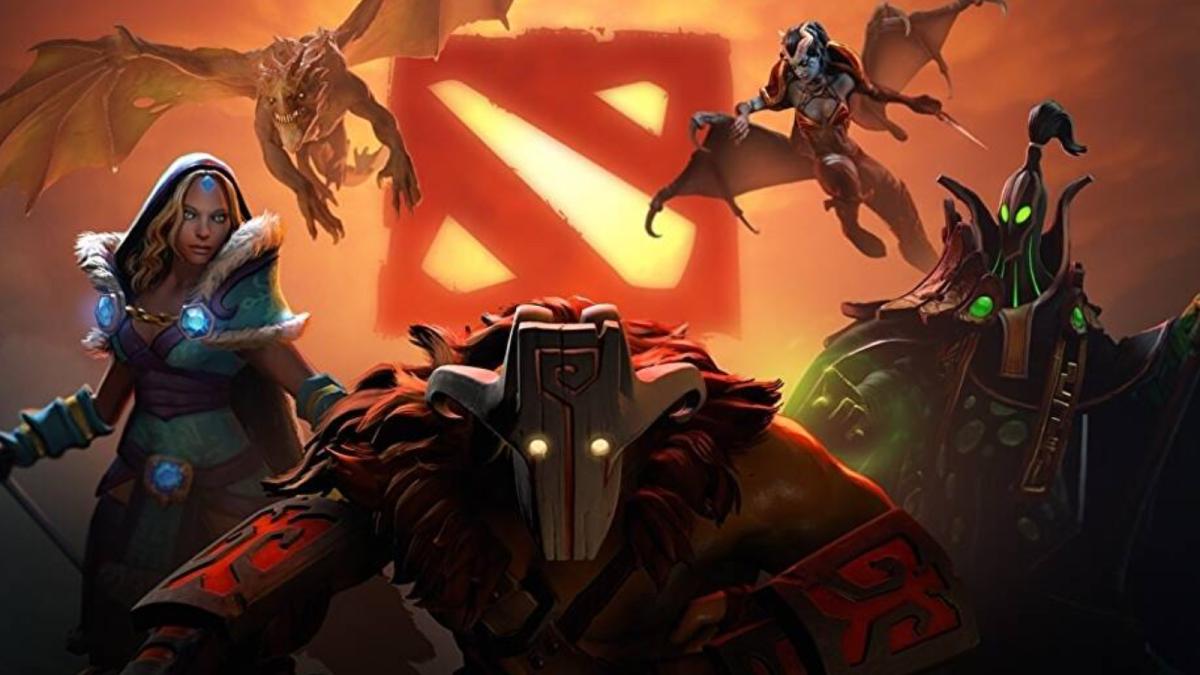

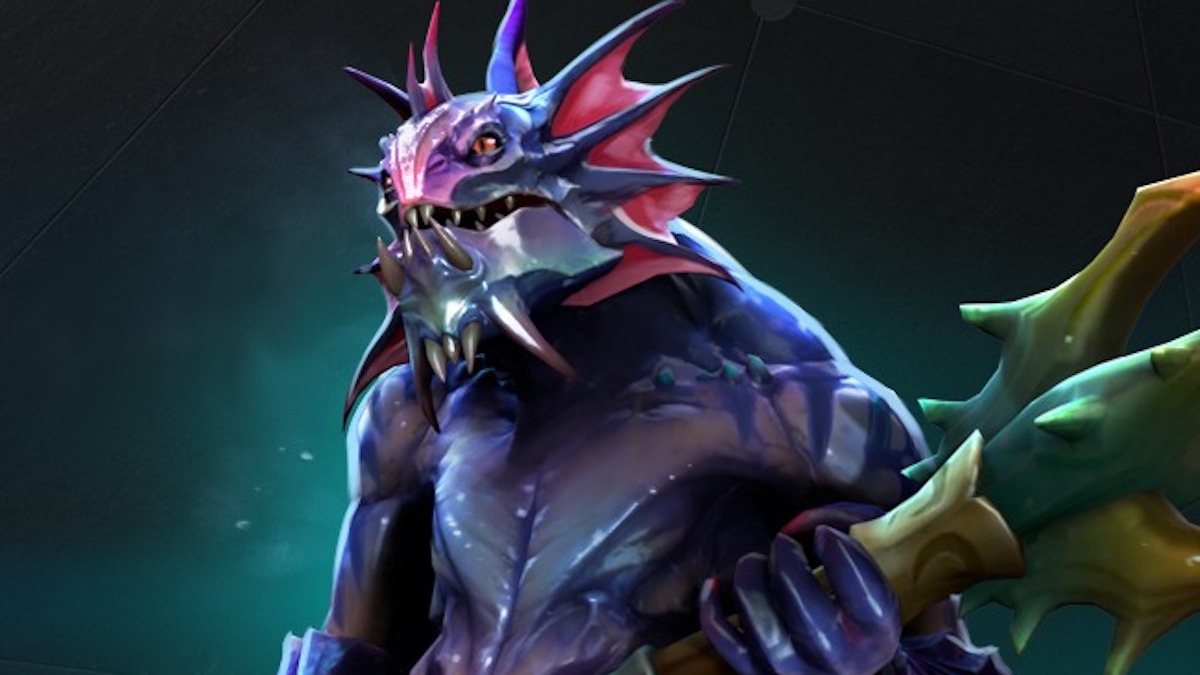
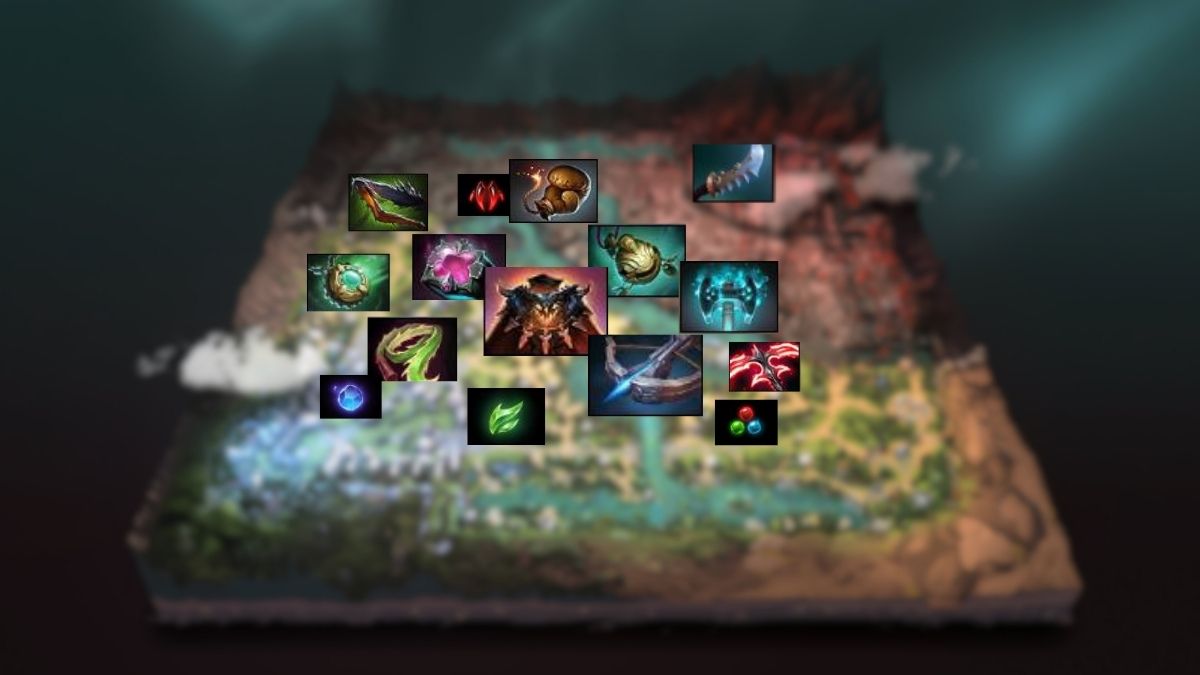
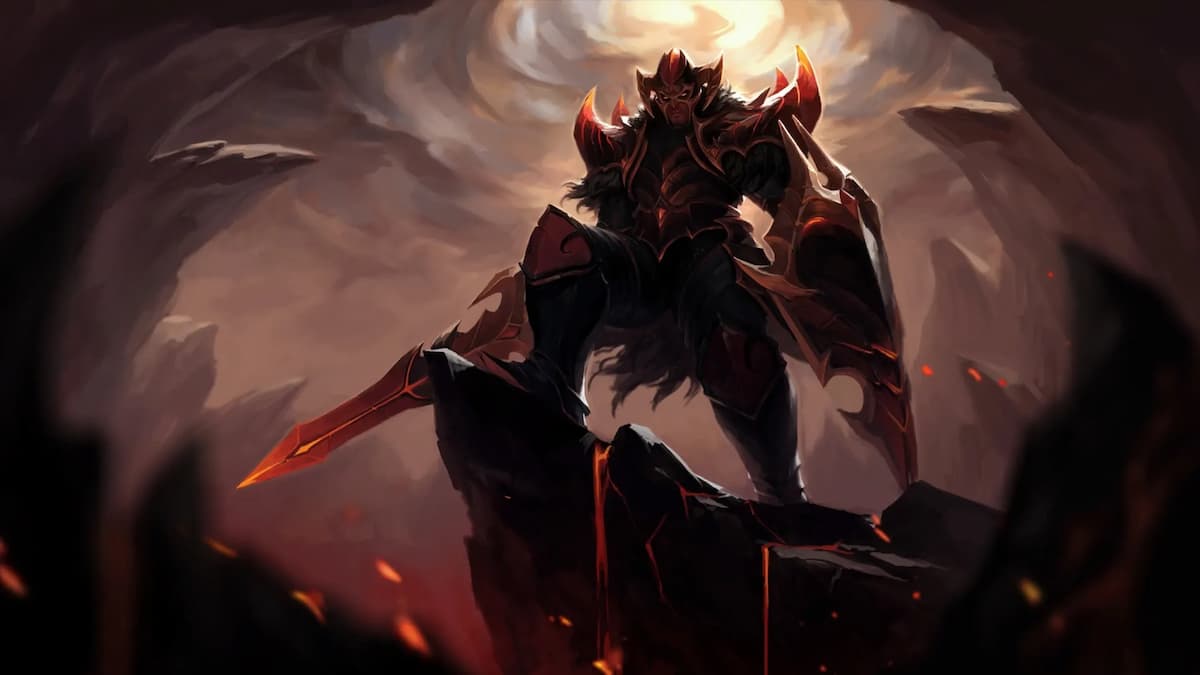
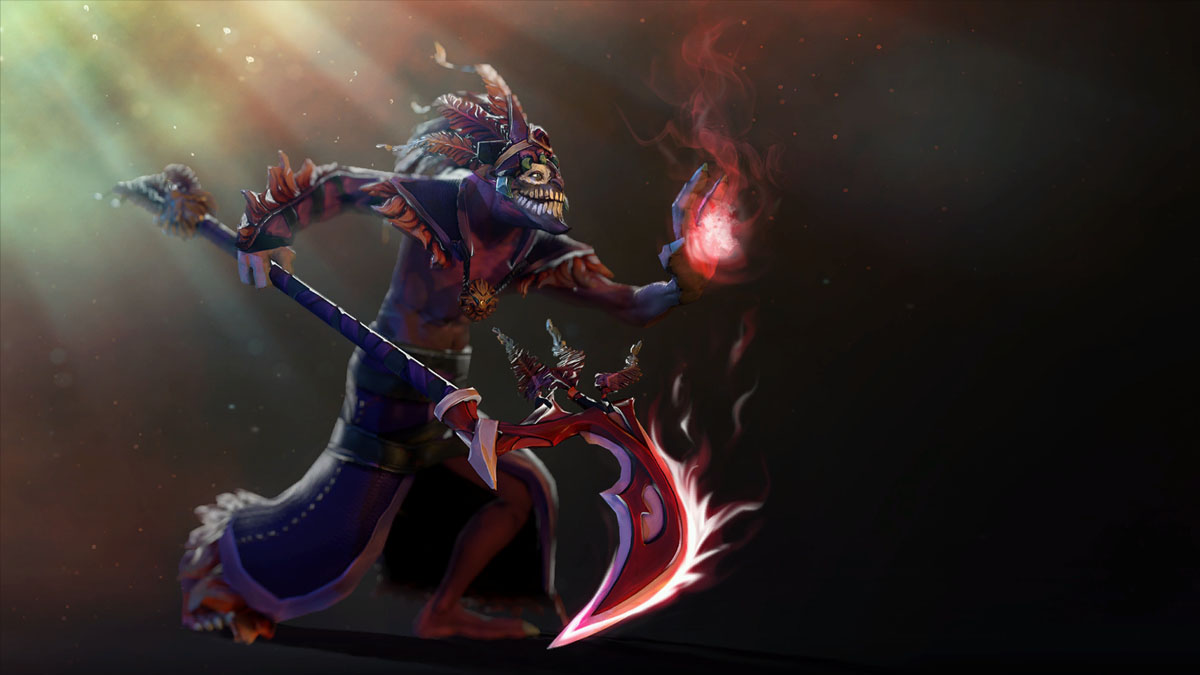
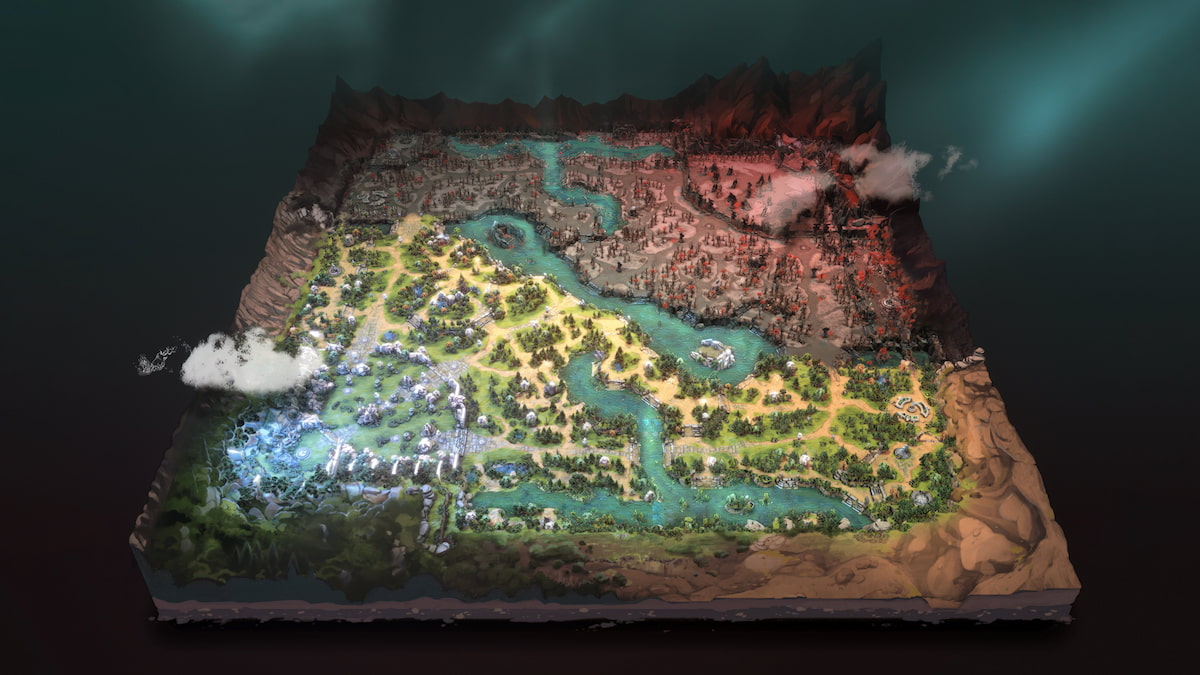
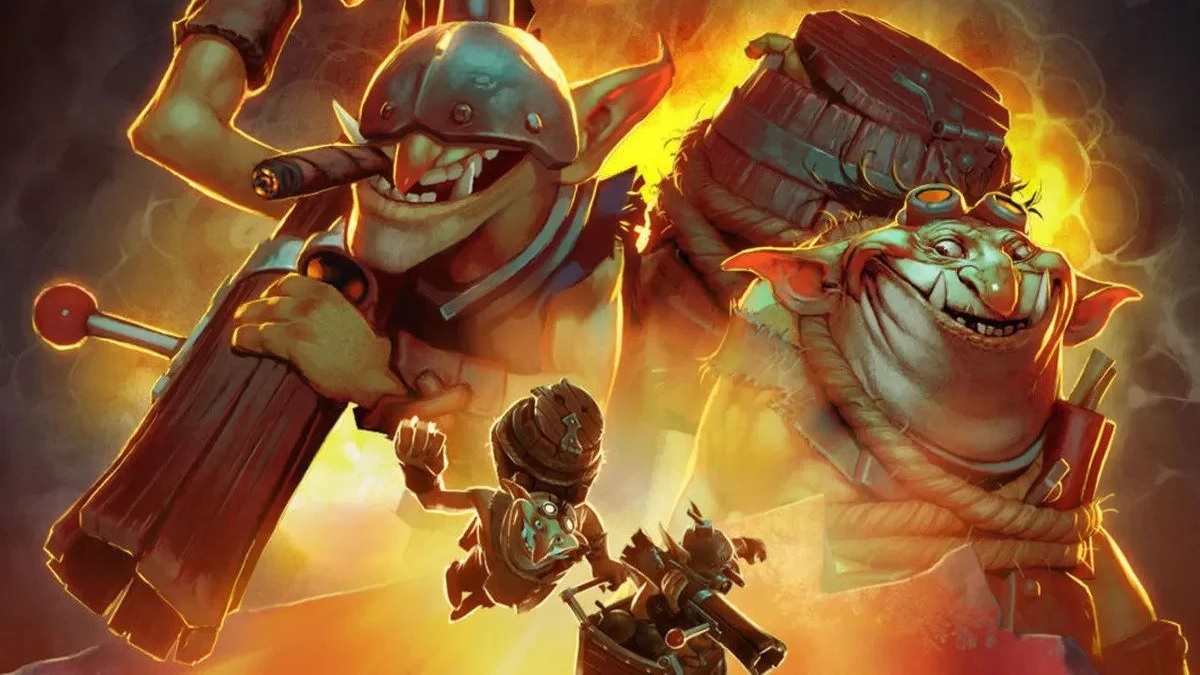
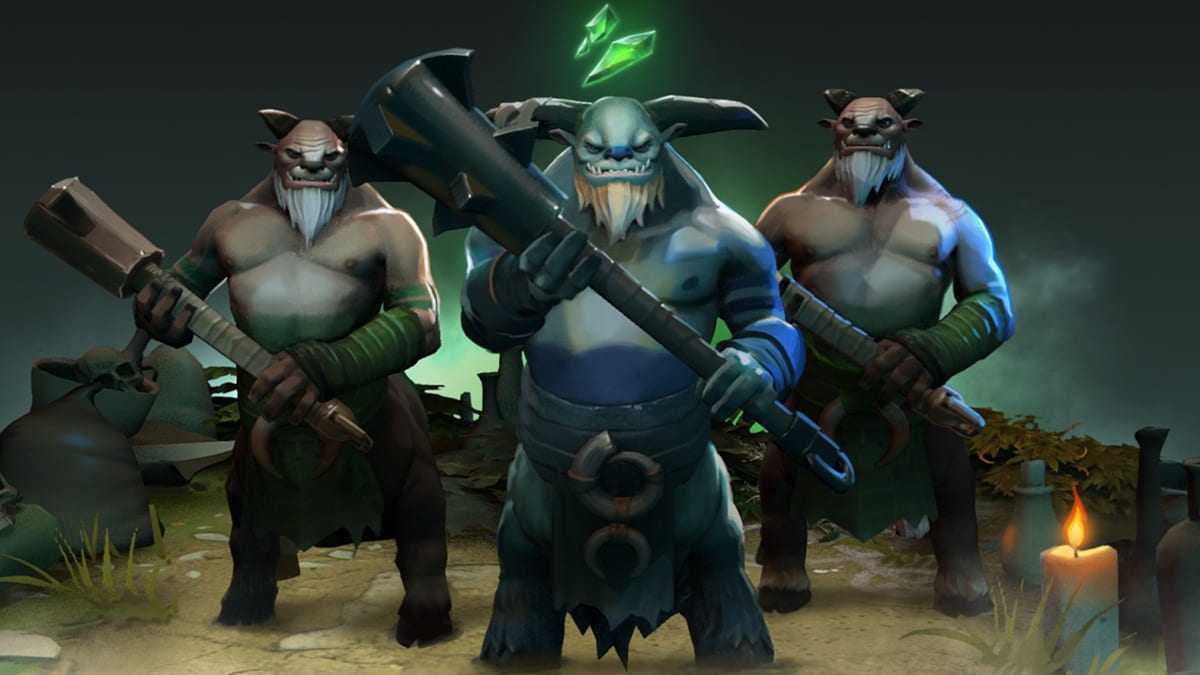
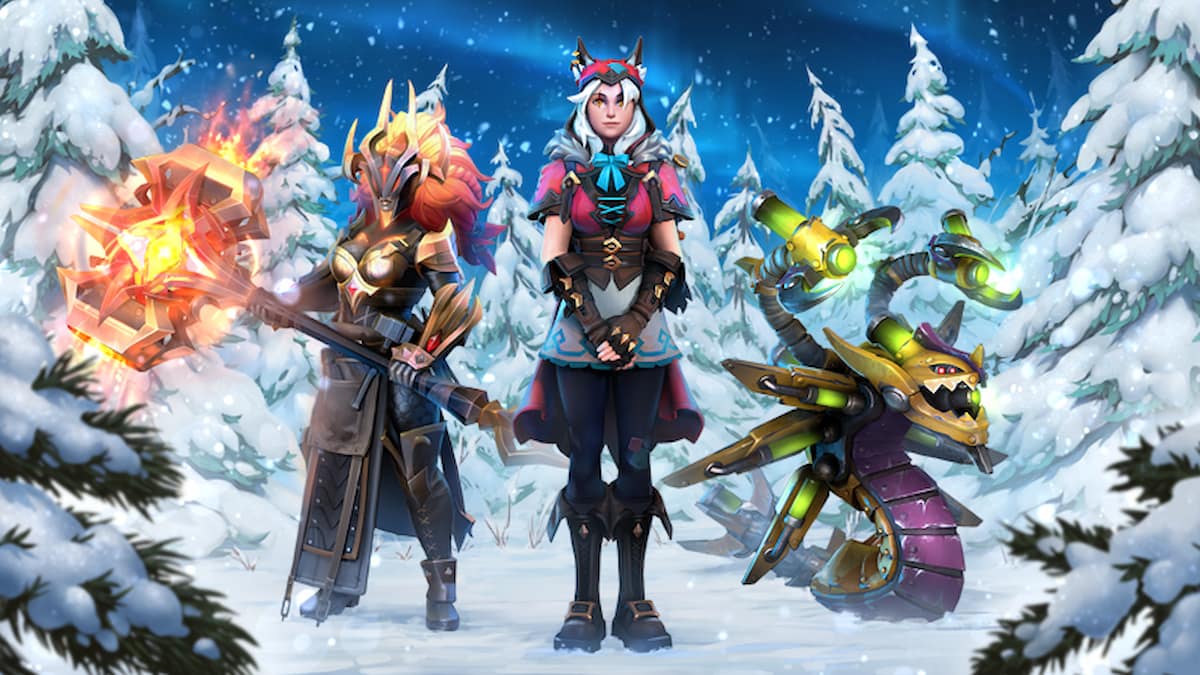
Published: May 5, 2023 12:55 am